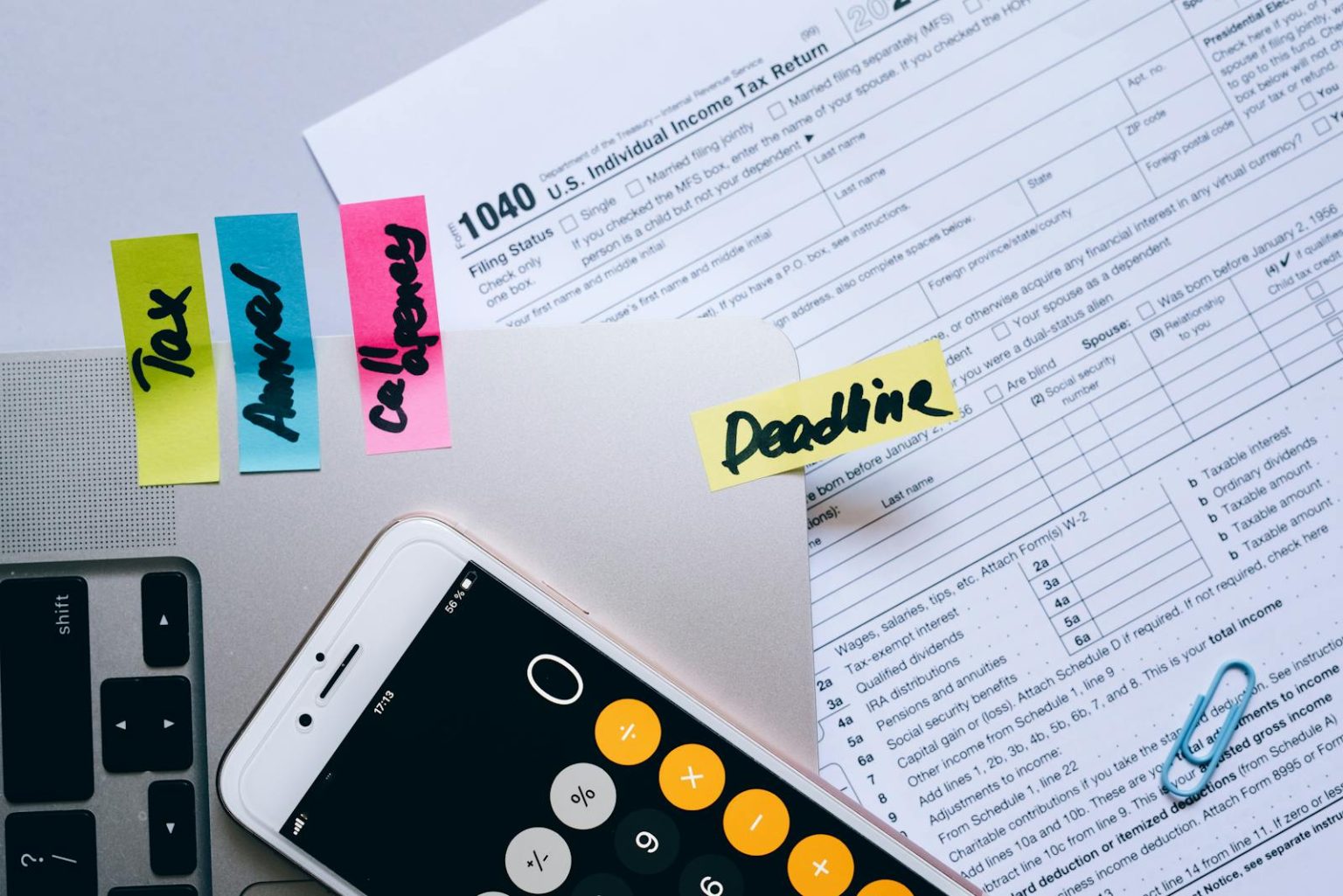Background on Digital Asset Reporting
Form 1099-DA is part of the IRS’s efforts to increase tax compliance in cryptocurrency and other digital asset transactions. The form requires brokers to report information about sales and exchanges of digital assets, similar to how traditional securities transactions are reported on Form 1099-B.
The reporting requirements stem from provisions in the Infrastructure Investment and Jobs Act passed in 2021, which expanded the definition of “broker” to include businesses that facilitate digital asset transfers. This change aimed to address tax reporting gaps in cryptocurrency transactions.
Industry stakeholders have expressed concerns about the technical and operational challenges of implementing these reporting requirements, particularly given the unique nature of blockchain-based assets and decentralized finance platforms.
Industry Response and Implementation Challenges
The public comments that prompted this relief highlighted several obstacles brokers face in meeting the reporting requirements:
- Technical difficulties in tracking basis information across multiple platforms
- Challenges in determining which transactions qualify for reporting
- System upgrades needed to capture and report required data
- Staff training on new compliance procedures
Cryptocurrency exchanges and other digital asset platforms have been working to update their systems to comply with the reporting requirements, but many indicated they would not be ready by the original deadline.
“The complexity of implementing these reporting requirements cannot be understated,” noted one industry representative in public comments to the IRS. “Brokers need time to develop accurate reporting mechanisms that can handle the unique aspects of digital asset transactions.”
Impact on Tax Compliance
While the delay provides relief for brokers, the IRS remains committed to improving tax compliance in the digital asset space. The agency has emphasized that taxpayers still have an obligation to report income and capital gains from cryptocurrency and other digital asset transactions, regardless of whether they receive a Form 1099.
The temporary relief does not change the tax treatment of digital assets but simply extends the timeline for third-party reporting. The IRS continues to view improved information reporting as a key strategy for addressing the “tax gap” – the difference between taxes owed and taxes collected.
Tax professionals advise digital asset investors to maintain detailed records of their transactions, as the reporting relief for brokers does not exempt taxpayers from their existing tax obligations.
The IRS has not specified a new implementation date for the reporting requirements, but indicated it would provide additional guidance before brokers are required to begin filing Form 1099-DA. This approach gives the industry time to develop standardized reporting practices while allowing the IRS to refine its guidance based on ongoing feedback.
As digital assets continue to gain mainstream adoption, the balance between regulatory oversight and practical implementation remains a key consideration for both the IRS and industry participants.







